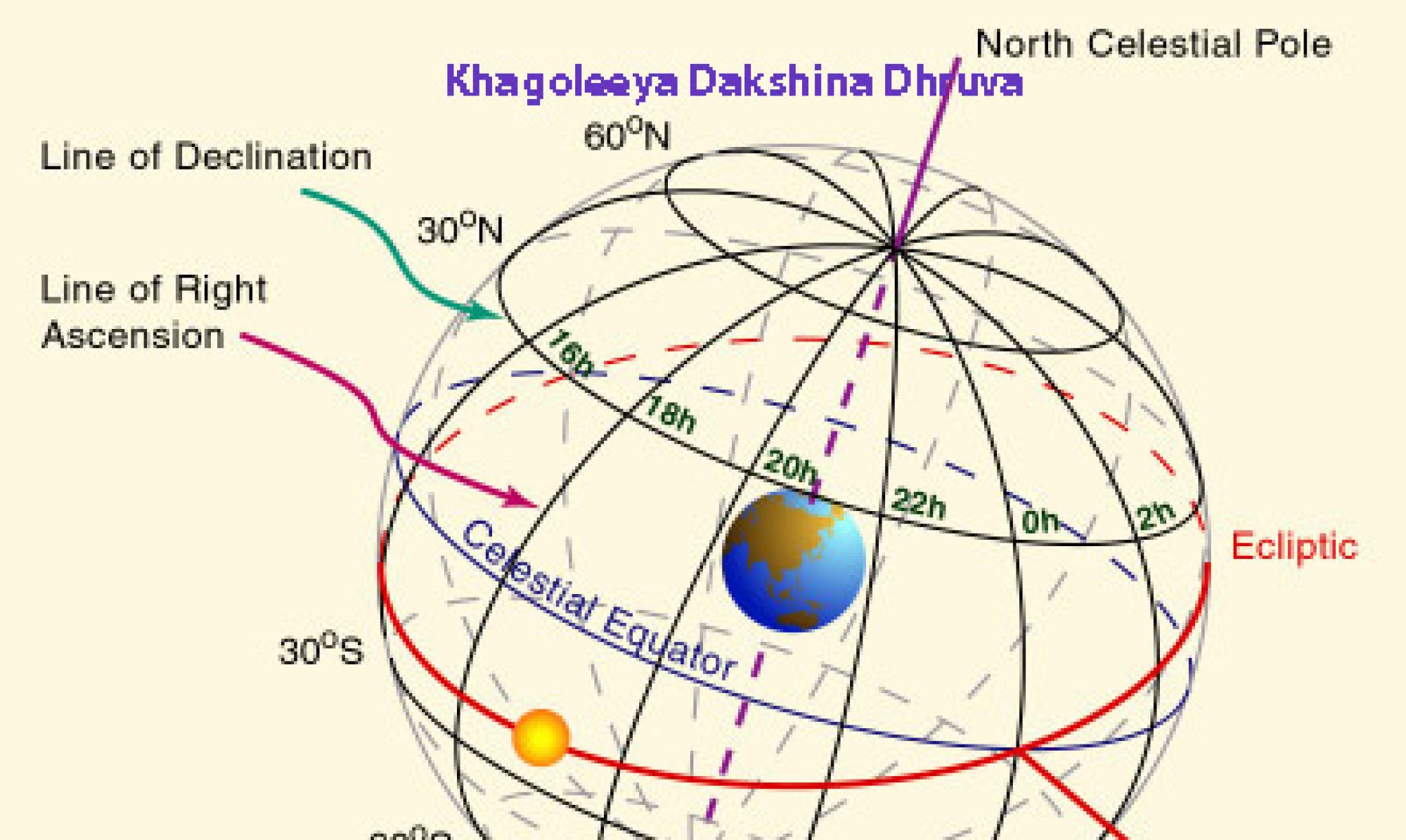

About Hindu Astrology, Philosophy , Cosmology and Cosmogony
Uthara Swayam varam Kathakali kanuvan
Uthrada rathriyil poyirunnu
Kanchana kasavulla poonchela
Uduthaval nenjeyyum ambumayi vannirunnu
She was there, wearing a cotton saree with golden border,
When I went to see Uttara Swayamvaram Kathakali,
On an Uttarashada moonlit night
And she was carrrying arrows of love, aimed at my chest !
Irayimman thambi nalkum sringara padha lahari
Iru swapna vedhikalil alinju chernnu
Karalile kali thattil arupathu thiriyitta
Kadhakali vilakkukal erinju ninnu
The amorous atmosphere created by Irayimman Thampi
Dissolved in both dreamy states
The Sixty wicks of the Kathakali Lamp
Burned in the recesses of the heart !
Mp4,full lyrics & Translation at http://www.guruvayur4u.com/html/uttaraswayamvaram.htm